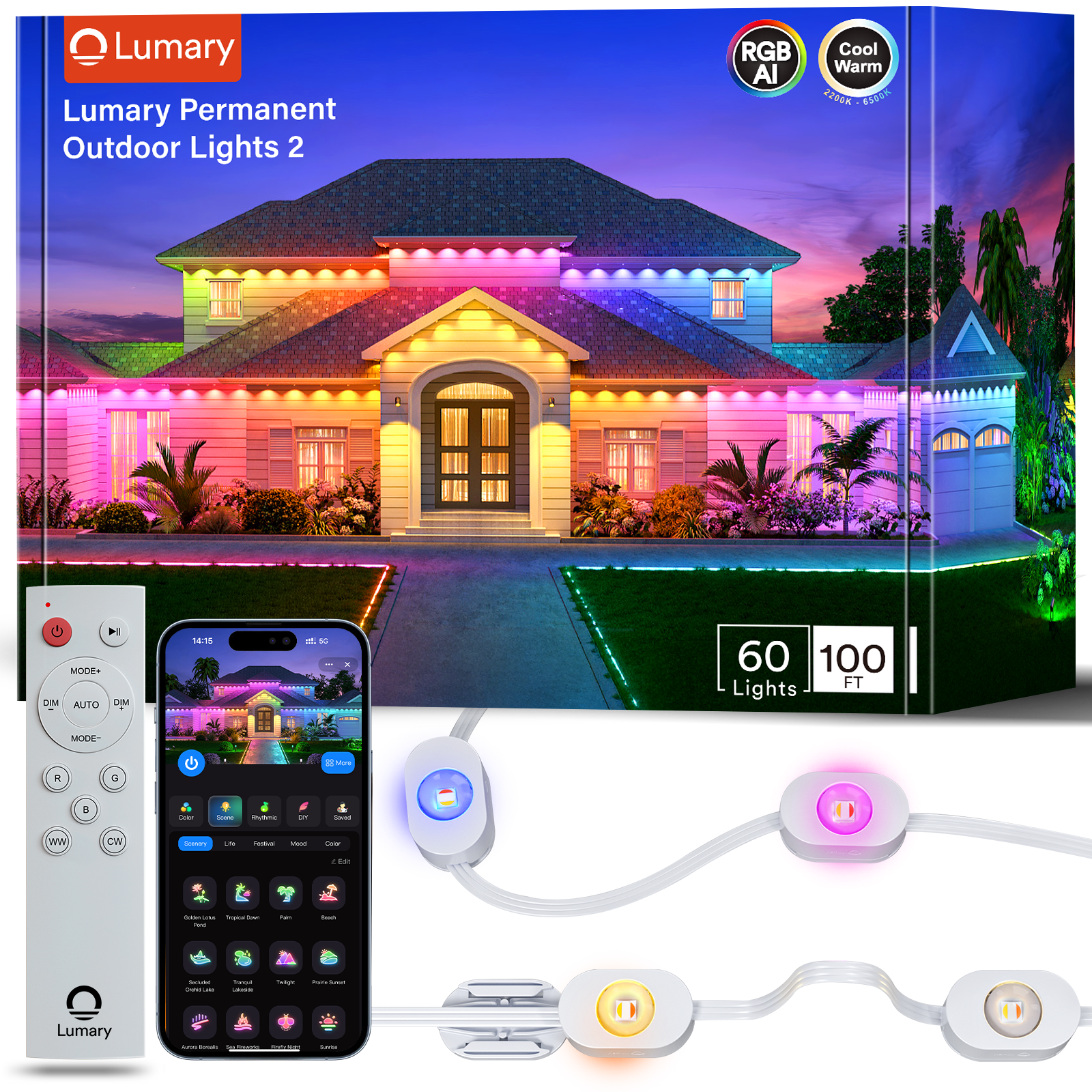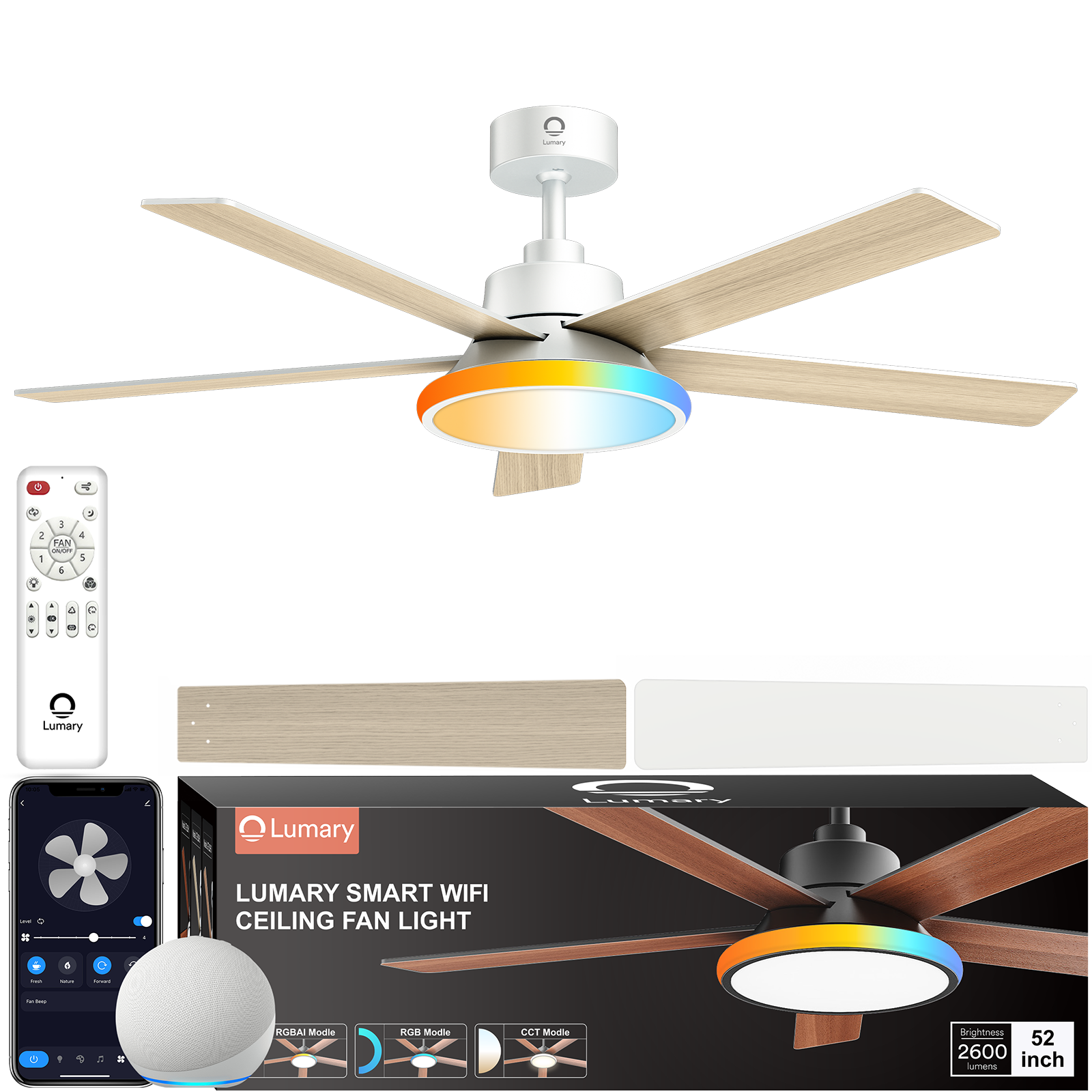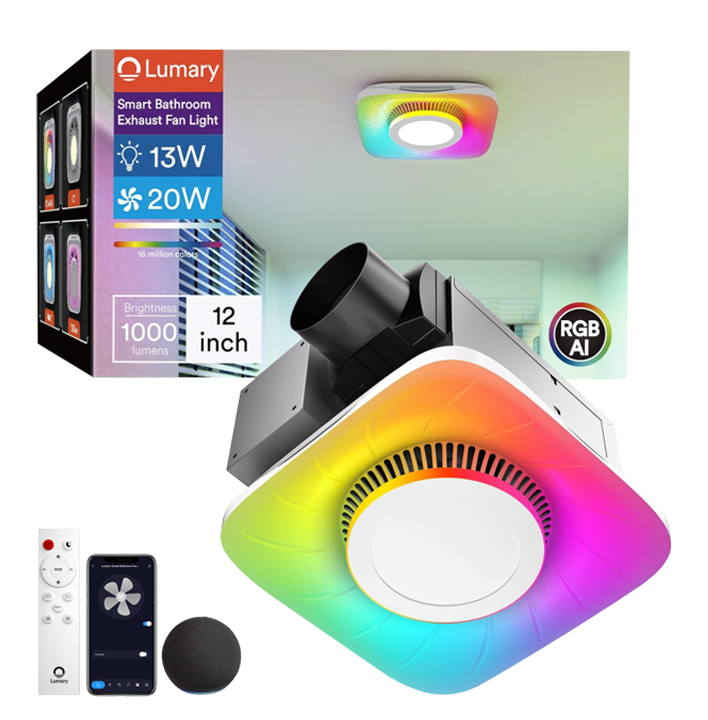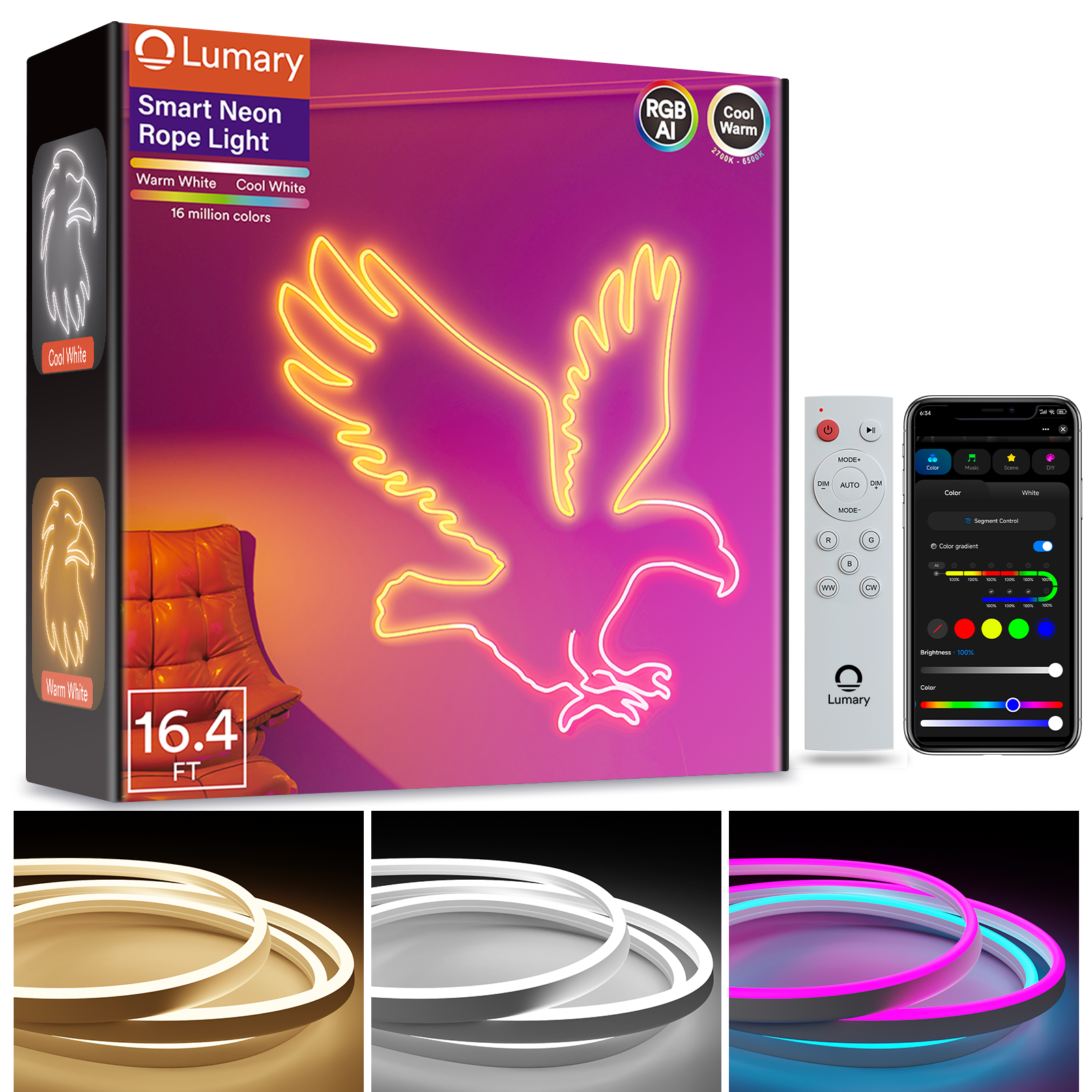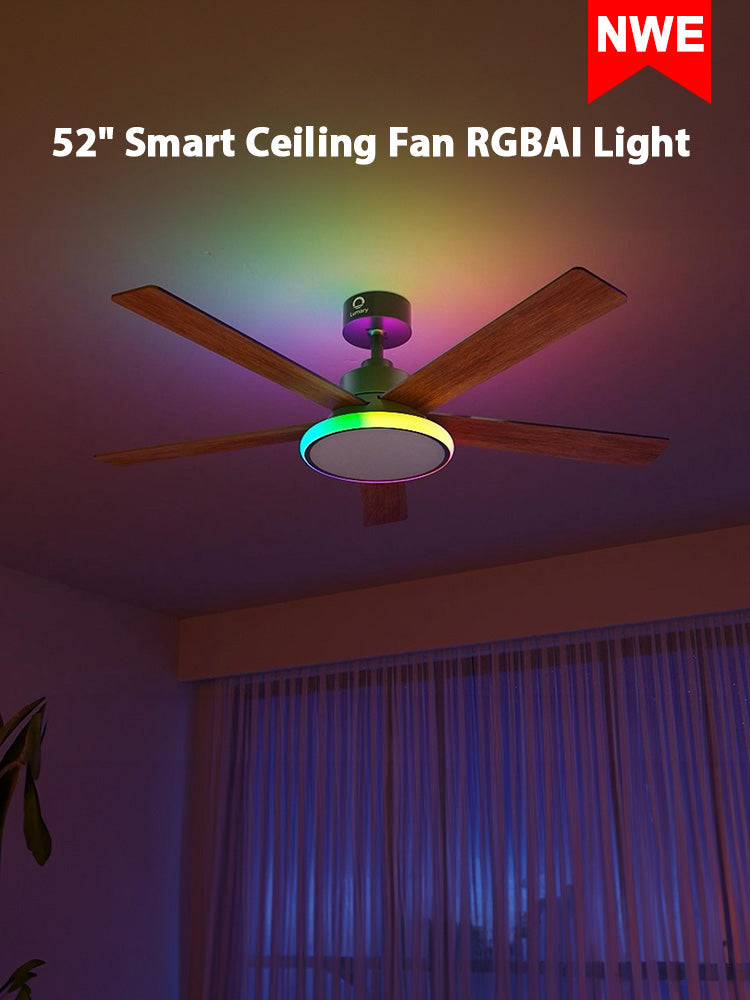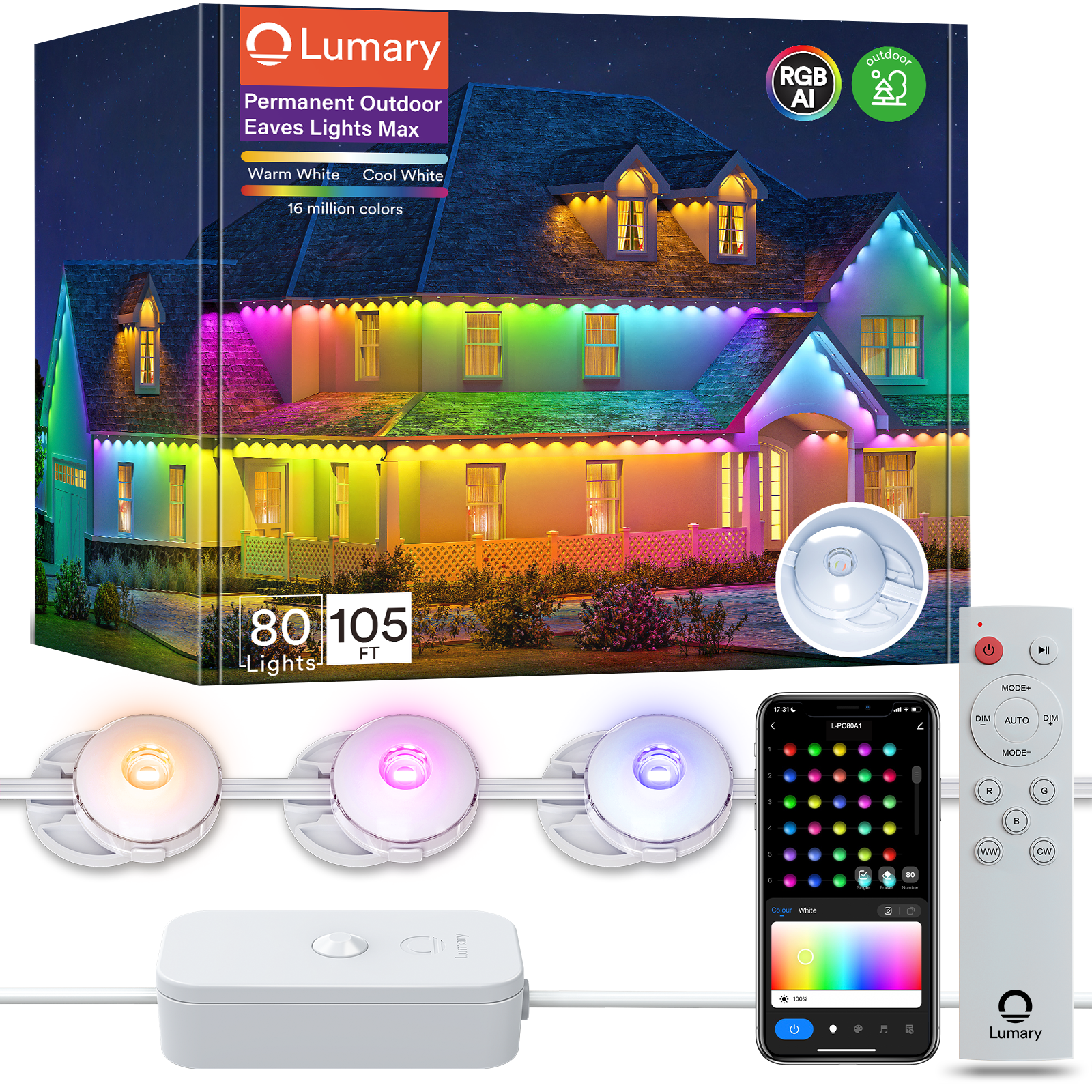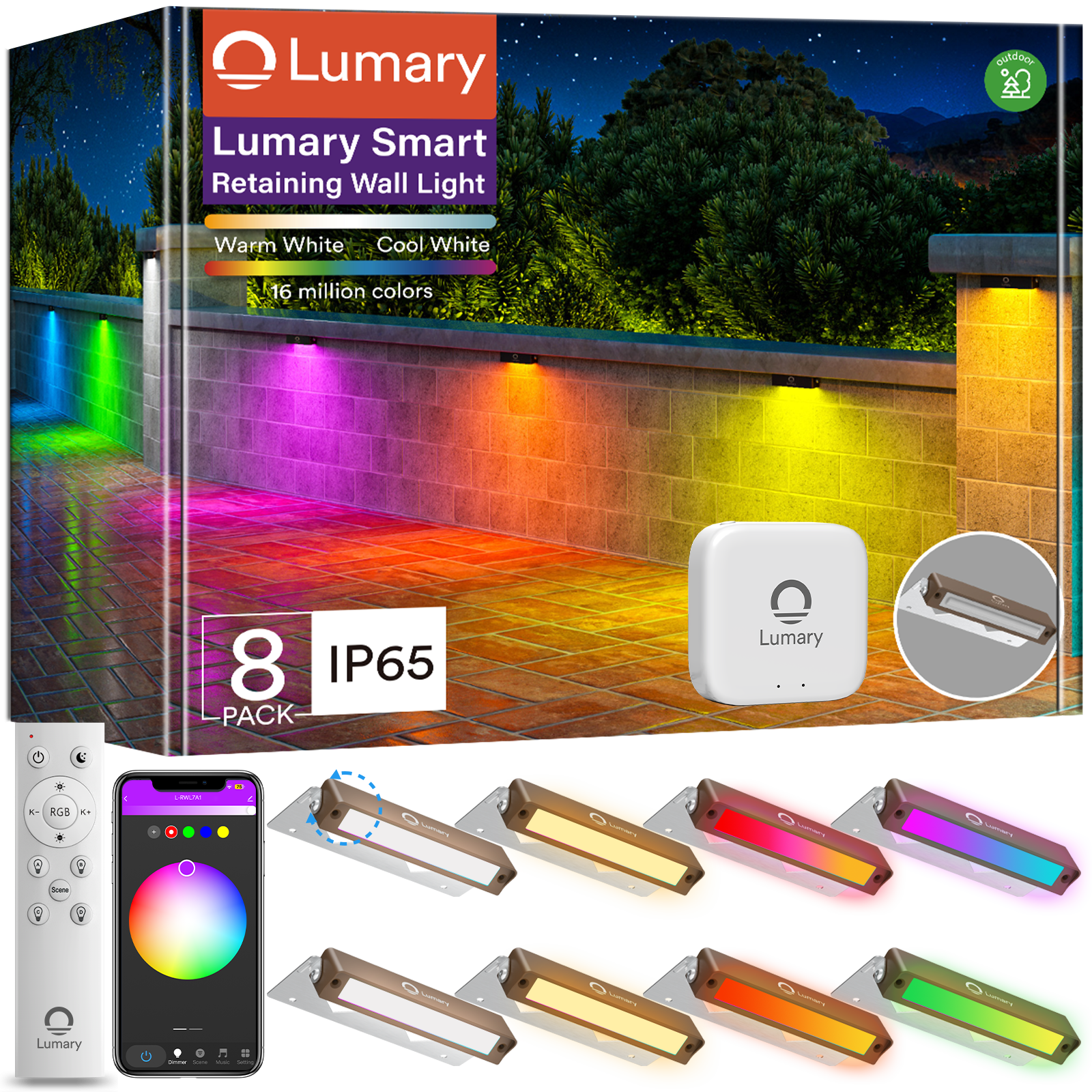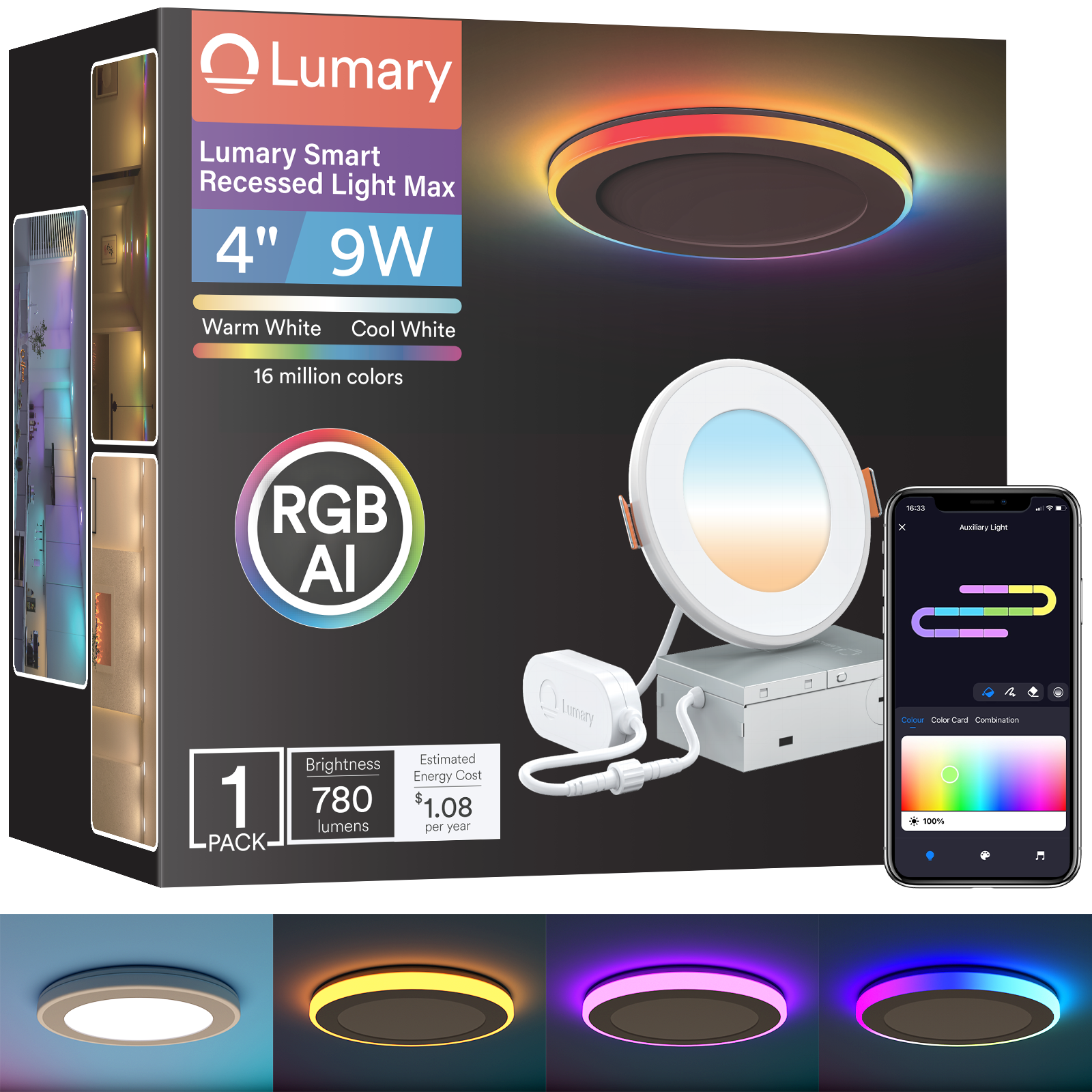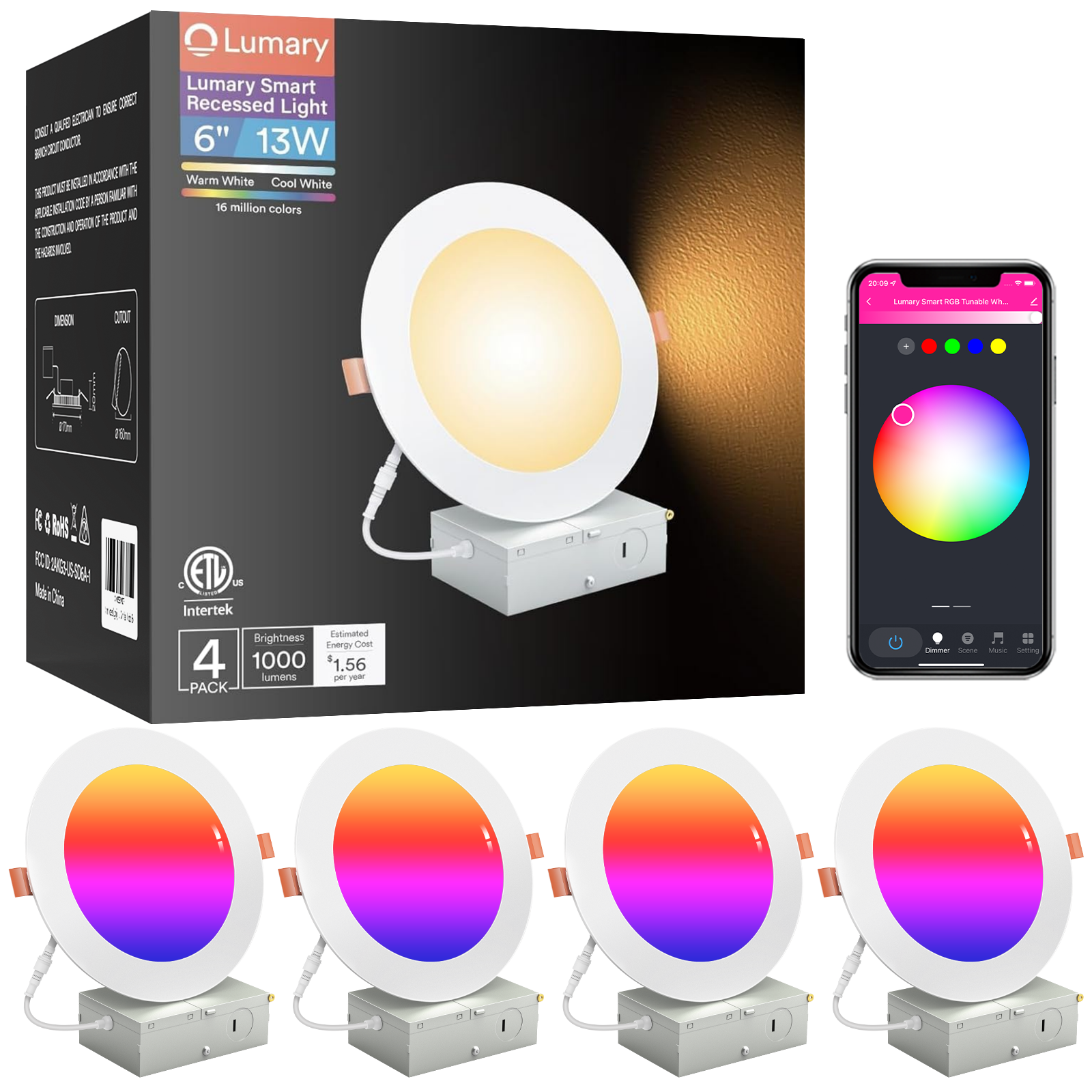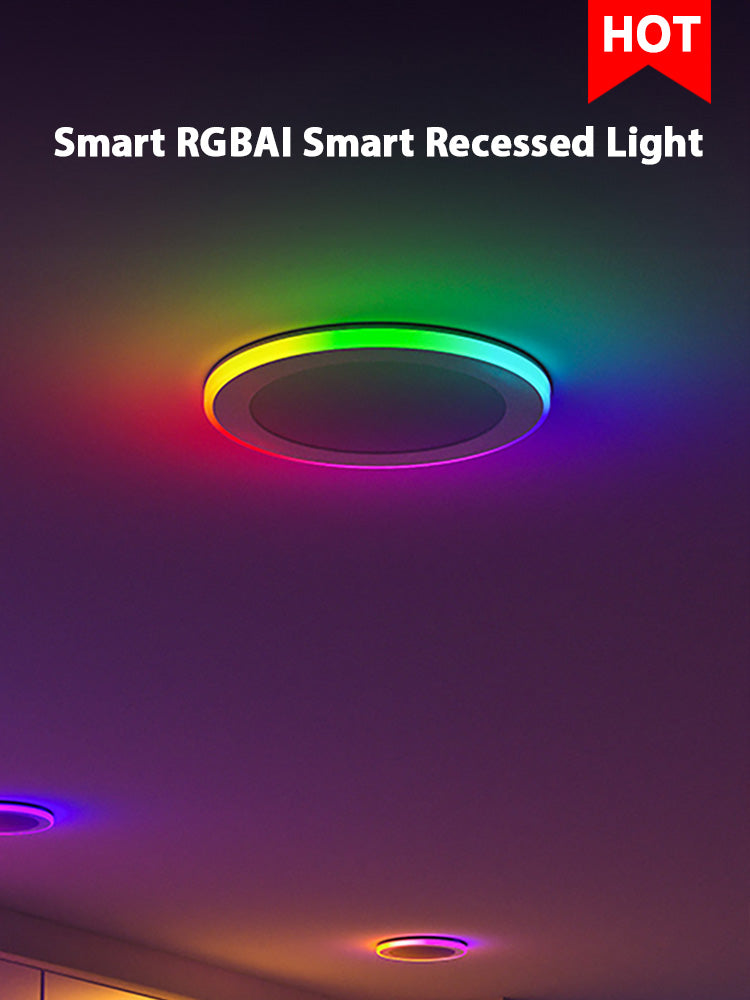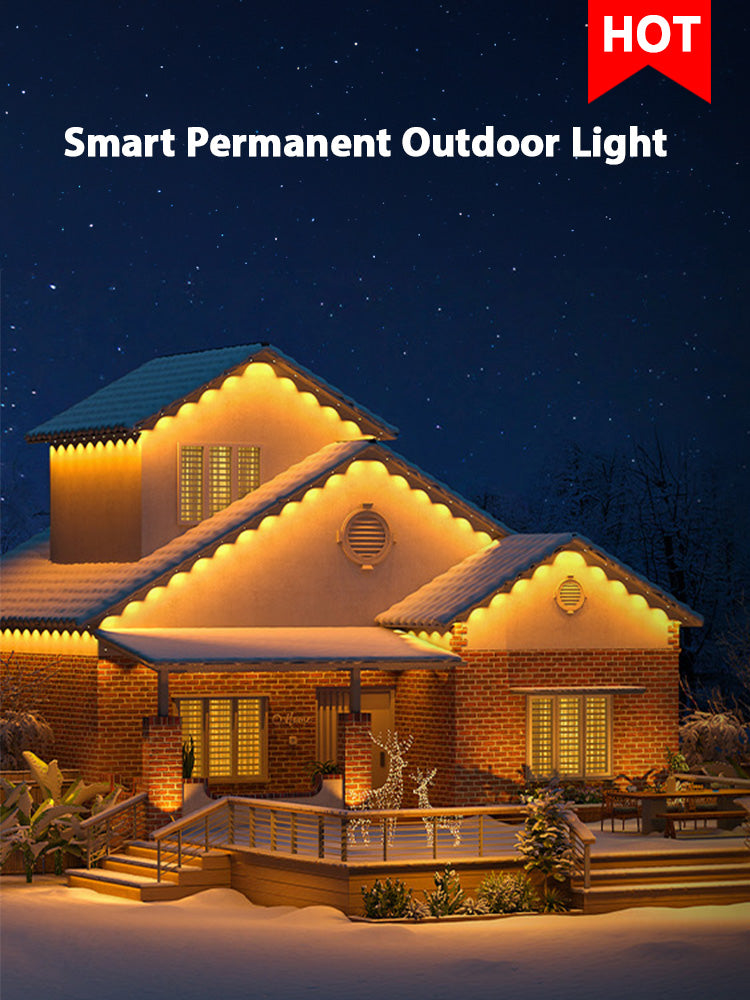Choosing the brightest LED strip lights can transform your space, whether it's for a cozy indoor setting or vibrant outdoor decor. You need to consider several factors to find the best LED light strips for your needs. Brightness, measured in lumens, plays a crucial role. Look for lumens per foot or meter to gauge how bright your strip lighting will be. The number of LEDs per meter also impacts brightness; more LEDs mean a brighter and more even light. Additionally, color temperature affects how bright the light appears, with cooler temperatures often looking brighter than warmer ones.
Key Takeaways

-
Assess brightness by checking lumens and LED density; higher values mean brighter light.
-
Choose between flexible and rigid LED strips based on your installation needs and design preferences.
-
Consider color options carefully; warm white creates a cozy atmosphere, while cool white enhances focus.
-
Ensure proper installation by measuring lengths and understanding power requirements to avoid issues.
-
Evaluate your budget and prioritize quality; investing in reputable brands can save money in the long run.
-
Explore dynamic options like RGB and addressable strips for customizable lighting experiences.
-
Understand the impact of color temperature on ambiance to create the desired mood in your space.
Understanding LED Strip Light Types
When diving into the world of LED strip lights, you'll encounter various types that cater to different needs and preferences. Understanding these types will help you make an informed decision.
Flexible vs. Rigid LED Strips
Flexible LED strip lights are incredibly versatile. You can bend and shape them to fit almost any space, making them perfect for creative installations. Whether you're looking to illuminate a curved surface or wrap around corners, flexible strips offer the adaptability you need. They are ideal for applications like under-cabinet lighting, accent lighting, or even outdoor decorations. Their pliability allows you to explore endless design possibilities.
On the other hand, rigid LED strips provide a more robust solution. These strips come mounted on a solid backing, offering durability and stability. They work well in straight-line applications where you need a firm and consistent light source. Rigid strips are often used in commercial settings or places where a permanent installation is required.
Single Color vs. RGB and RGBW Strips
Single color LED strip lights emit one consistent color, such as warm white or cool white. They are straightforward and effective for tasks that require a specific ambiance or functional lighting. If you need a simple, no-fuss lighting solution, single color strips are a great choice.
In contrast, RGB and RGBW strips bring a splash of color to your lighting setup. RGB strips combine red, green, and blue LEDs to create a wide spectrum of colors. With an RGB controller, you can mix these colors to achieve any hue you desire. RGBW strips take it a step further by adding a white LED, allowing for even more color variations and the option for pure white light. These strips are perfect for those who want dynamic lighting that can change with the mood or occasion.
Addressable LED Strips
Addressable LED strips represent the pinnacle of customization. Each LED on these strips can be controlled individually, offering unparalleled flexibility in design. You can program each LED to display different colors, brightness levels, and even animations. This makes addressable strips ideal for complex lighting displays, such as those used in stage productions or intricate home decor setups.
With addressable strips, you can create stunning effects like chasing lights, color fades, and more. They allow you to tailor your lighting to match any theme or event, providing a truly personalized experience.
By understanding these different types of LED strip lights, you can choose the right one for your project. Whether you need the flexibility of a bendable strip, the simplicity of a single color, or the dynamic capabilities of RGB and addressable strips, there's an option that fits your needs perfectly.
Determining Brightness in LED Strip Lights
When you're on the hunt for the brightest LED strip lights, understanding how brightness works is key. Let's dive into the details to help you make an informed choice.
Lumens and Wattage Explained
Brightness in LED strip lights is measured in lumens. The higher the lumens, the brighter the light. Think of lumens as the amount of light emitted by the strip. If you want a bright space, look for strips with a high lumen count per foot or meter. This ensures that your lighting is not only bright but also evenly distributed.
Wattage, on the other hand, tells you about power consumption. Higher brightness often means higher wattage. However, LED technology is efficient, so even high output LED strips consume less power compared to traditional lighting. When choosing your LED strips, balance the desired brightness with energy efficiency. You don't want to end up with a hefty electricity bill!
Factors Affecting Brightness
Several factors influence the brightness of LED strip lights. Understanding these will help you select the right product for your needs.
LED Density
LED density refers to the number of LEDs per meter on a strip. More LEDs mean more light and a smoother, more uniform glow. High output LED strips typically have a higher LED density, providing intense brightness. If you're aiming for a well-lit area, opt for strips with a high LED density. This ensures that there are no dark spots and the light is evenly spread across the surface.
Quality of LEDs
The quality of the LEDs themselves plays a crucial role in determining brightness. High-quality LEDs emit more lumens per watt, making them more efficient. They also tend to last longer, providing consistent brightness over time. When shopping for LED strip lights, consider reputable brands known for their quality. This ensures that you get the best performance and longevity from your lighting.
By understanding these aspects of LED strip brightness, you can confidently choose the right lighting solution for your space. Whether you're looking for subtle accent lighting or powerful illumination, knowing what to look for will guide you to the perfect LED strip lights.
Exploring Color Options and Color Temperature
When selecting LED strip lights, understanding color options and temperature can significantly impact your space's ambiance. Let's explore how these elements can transform your environment.
Warm White vs. Cool White
Choosing between warm white and cool white LED strip lights can set the tone for your space. Warm white lights, with their lower color temperature, create a cozy and intimate atmosphere. They are perfect for living rooms or bedrooms where you want a relaxing vibe. On the other hand, cool white lights offer a brighter and more energetic feel. These lights work well in kitchens or workspaces where you need to stay alert and productive.
Consider your room's purpose when deciding between these two options. A warm white light might make your living room feel inviting, while a cool white light could enhance focus in your home office.
RGB and RGBW Color Options
RGB LED strip lights open up a world of color possibilities. By combining red, green, and blue LEDs, these strips let you create a wide range of colors. You can easily change the mood of a room with just a few clicks. RGBW strips take it a step further by adding a white LED, offering even more versatility. This addition allows you to switch between vibrant colors and pure white light, making them ideal for both everyday use and special occasions.
Color changing LED strips like RGB and RGBW are perfect for those who love to customize their lighting. Whether you're hosting a party or just want to match your lighting to your mood, these strips provide endless options.
Impact of Color Temperature on Ambiance
Color temperature plays a crucial role in how we perceive brightness and ambiance. Warmer temperatures, like those found in warm white lights, create a dim and cozy feel. They are great for spaces where you want to relax and unwind. Cooler temperatures, such as those in cool white lights, appear brighter and more invigorating. They can make a room feel more spacious and lively.
Adjustable LED strip lights allow you to change the color temperature to suit your needs. You can create a cozy atmosphere for a movie night or a bright setting for a morning workout. Understanding how color temperature affects ambiance helps you make informed decisions about your lighting setup.
By exploring these color options and understanding color temperature, you can choose LED strip lights that perfectly match your desired ambiance. Whether you prefer the warmth of a cozy glow or the vibrancy of RGB colors, there's a lighting solution that fits your style.
Installation Considerations for Buying LED Strip Lights

When you're buying LED strip lights, installation is a crucial factor to consider. Proper installation ensures that your lighting looks great and functions efficiently. Let's break down the key aspects you need to focus on.
Measuring Length and Coverage
Before you start installing, measure the area where you plan to place your LED strip lights. This step helps you determine the length of strip lighting you'll need. If your project requires a continuous run, like a 49-foot stretch, check the maximum run length of your chosen strips. For instance, if your strip has a maximum run of 16 feet, you'll need to connect it back to the power source multiple times to cover the entire length. This ensures consistent brightness and prevents voltage drop.
Power Requirements and Compatibility
Understanding the power requirements of your LED strip lights is essential. Each strip has specific voltage needs, usually 12V or 24V. Ensure your power supply matches these requirements to avoid any issues. Also, consider the wattage. High-output strips consume more power, so choose a power supply that can handle the load. Using dimmers and controllers can help you adjust the brightness and manage power consumption effectively.
Additional Components Needed
When buying LED strip lights, you might need extra components for a smooth installation. Here's what to consider:
Power Supplies
A reliable power supply is vital for the optimal performance of your LED strip lights. Choose one that matches the voltage and wattage of your strips. A good power supply ensures your lights shine brightly without flickering or dimming.
Controllers and Dimmers
Controllers and dimmers add versatility to your lighting setup. They allow you to change colors, adjust brightness, and create dynamic effects. For outdoor installations, ensure your controllers are weather-resistant. This feature is crucial for maintaining functionality in various conditions.
By considering these installation factors, you can ensure your LED strip lights perform at their best. Whether you're lighting up an indoor space or creating a stunning outdoor display, proper planning and the right components make all the difference.
Choosing the Best LED Light Strips for Your Needs
Selecting the best LED light strips for your space involves a few key considerations. Let's explore how you can make the right choice.
Assessing Your Space and Purpose
First, think about where you plan to use the LED strip lights. Are you looking to brighten up an indoor area like a living room or kitchen? Or do you want to enhance your outdoor patio or garden? Understanding the purpose of your strip lighting helps you choose the right type. For indoor spaces, consider the ambiance you want to create. Warm white lights can make a room feel cozy, while cool white lights offer a more energetic vibe. If you're planning an outdoor installation, look for waterproof options that can withstand the elements.
Budget Considerations
Budget plays a crucial role in your decision-making process. LED strip lights come in a range of prices, depending on features like brightness, color options, and length. Determine how much you're willing to spend before you start shopping. Remember, investing in high-quality LED strips can save you money in the long run. They tend to last longer and provide better performance. However, if you're on a tight budget, there are still plenty of affordable options that offer decent brightness and durability.
Evaluating Brand and Quality
When it comes to choosing the best LED light strips, brand and quality matter. Reputable brands often provide reliable products with consistent brightness and longevity. Look for customer reviews and ratings to gauge the quality of the LED strip lights you're considering. High-quality strips usually feature better LED chips, resulting in brighter and more efficient lighting. They also tend to have a higher LED density, ensuring even illumination without dark spots. By choosing a trusted brand, you can enjoy peace of mind knowing your strip lighting will perform well over time.
By assessing your space, considering your budget, and evaluating brand quality, you can confidently select the best LED light strips for your needs. Whether you're lighting up an indoor area or creating a stunning outdoor display, these factors will guide you to the perfect choice.
Selecting the brightest LED strip lights involves considering several key factors. First, assess the brightness by looking at lumens and LED density. More lumens and a higher density mean brighter light. Next, think about color options and temperature to match your desired ambiance. Installation considerations, like measuring length and ensuring power compatibility, are crucial too. Finally, evaluate your space, budget, and brand quality to find the perfect fit. By focusing on these elements, you can choose LED strip lights that meet your specific needs and preferences, transforming your space beautifully.
FAQ
What makes a high-quality LED strip light?
High-quality LED strip lights stand out due to their brightness, durability, and efficiency. Look for strips with a high lumen output and a dense arrangement of LEDs per meter. These features ensure bright and even lighting. Quality strips also use efficient LED chips, which provide more light per watt and have a longer lifespan. For more insights on top-notch LED strip lights, check out this link.
Do LED strip lights save energy compared to traditional lighting?
Yes, LED strip lights are known for their energy efficiency. They consume significantly less power than traditional lighting options. Typically, LED strips use between 4 to 14 watts per meter, making them a cost-effective choice for both residential and commercial spaces. To dive deeper into the energy-saving benefits of LED strip lights, visit this blog.
Can LED strip lights be used outdoors?
Absolutely! Many LED strip lights are designed for outdoor use. When selecting outdoor LED strips, ensure they have a waterproof rating, such as IP65 or higher, to withstand various weather conditions. These strips can beautifully illuminate gardens, patios, and pathways. For more information on using LED strip lights outdoors, refer to this source.
How do I choose the right color temperature for my space?
Choosing the right color temperature depends on the ambiance you want to create. Warm white lights (around 2700K-3000K) offer a cozy and inviting atmosphere, ideal for living rooms and bedrooms. Cool white lights (4000K-5000K) provide a bright and energetic feel, perfect for kitchens and workspaces. Consider the function of your space when selecting the color temperature.
Are LED strip lights dimmable?
Yes, many LED strip lights are dimmable. You can adjust their brightness using compatible dimmers or controllers. This feature allows you to set the perfect mood for any occasion, whether you need bright task lighting or a soft, ambient glow.
How long do LED strip lights last?
LED strip lights have an impressive lifespan, often lasting between 25,000 to 50,000 hours. This longevity depends on the quality of the LEDs and how well they are maintained. High-quality strips from reputable brands tend to last longer and maintain consistent brightness over time.
What additional components might I need for installation?
When installing LED strip lights, you may need additional components like power supplies, controllers, and mounting accessories. A reliable power supply ensures your strips receive the correct voltage and wattage. Controllers allow you to adjust colors and brightness, while mounting clips or adhesive backing help secure the strips in place.
Are there smart LED strip lights available?
Yes, smart LED strip lights are available and offer advanced features like app control, voice commands, and automation. These lights can sync with music, change colors, and even integrate with smart home systems. They provide a convenient and customizable lighting experience.
How do I maintain my LED strip lights?
Maintaining LED strip lights is simple. Keep them clean by gently wiping with a soft cloth to remove dust and debris. Ensure they are not exposed to excessive heat or moisture, especially if they are not rated for outdoor use. Regularly check connections and power supplies to ensure optimal performance.

